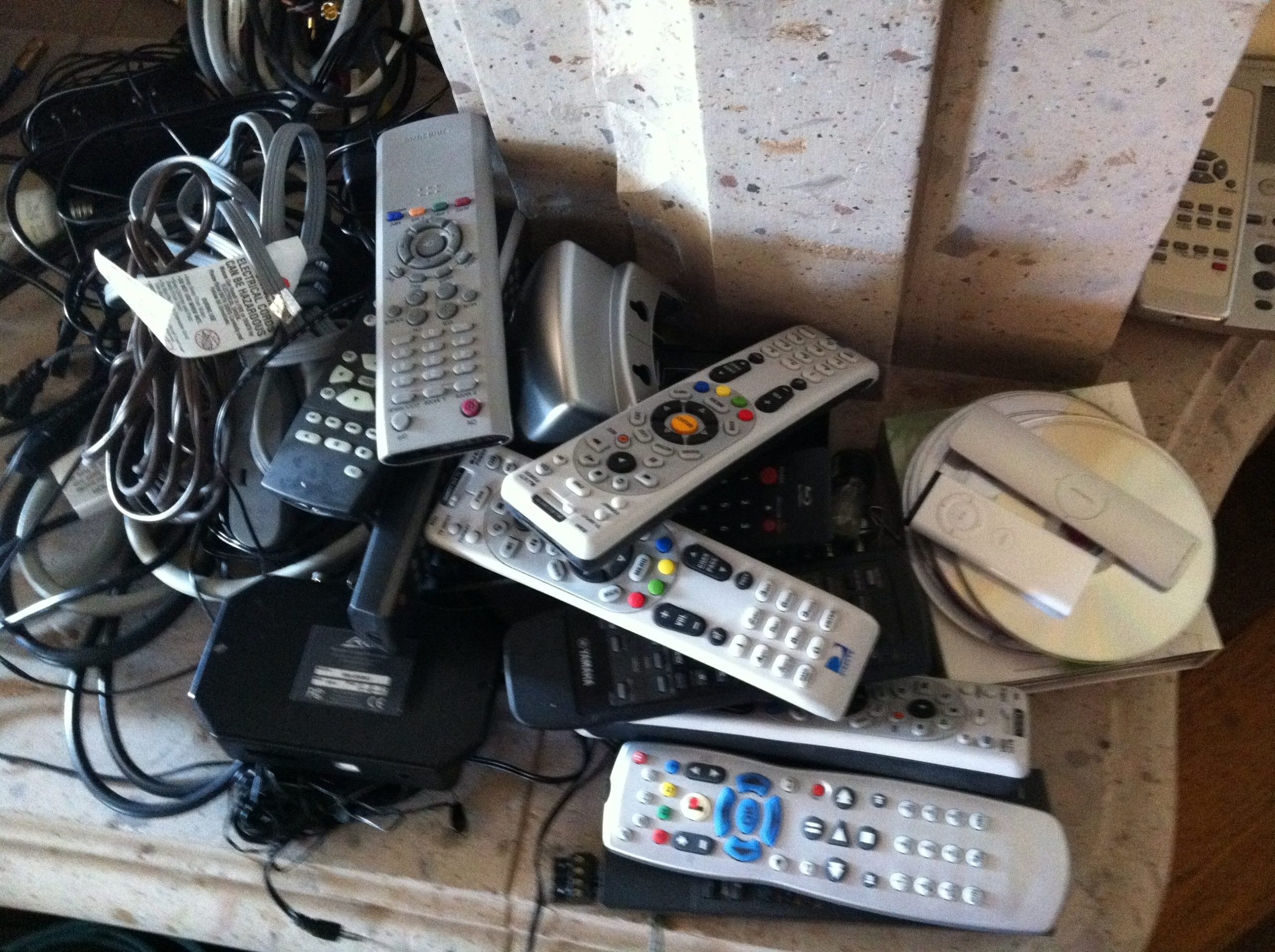Consumers often have a tendency to store their used, old or un-functional electronics for a period of time before they discard them and return them back to the waste stream. This behavior increases the obsolescence rate of used still-functional products leading to lower profitability that could be resulted out of End-of-Use (EOU) treatments such as reuse, upgrade, and refurbishment. These types of behaviors are influenced by several product and consumer-related factors such as consumers’ traits and lifestyles, technology evolution, product design features, product market value, and pro-environmental stimuli. Better understanding of different groups of consumers, their utilization and storage behavior and the connection of these behaviors with product design features helps Original Equipment Manufacturers (OEMs), recycling and recovery industry to better overcome the challenges resulting from the undesirable storage of used products. In this study, we have provided insightful statistical analysis of Electronic Waste (e-waste) dynamic nature by studying the effects of design characteristics, brand and consumer type on the electronics usage time and end of use time-in-storage. A database consisting of 10,063 Hard Disk Drives (HDD) of used personal computers returned back to a remanufacturing facility located in Chicago, IL, USA during 2011 to 2013 has been selected as the base for this study. The results show that commercial consumers have stored computers more than household consumers regardless of brand and size factors. Moreover, a heterogeneous storage behavior is observed for different brands of HDDs regardless of size and consumer type factors. Finally, the storage behavior trends are projected for short-time forecasting and the storage times are precisely predicted by applying machine learning methods.
